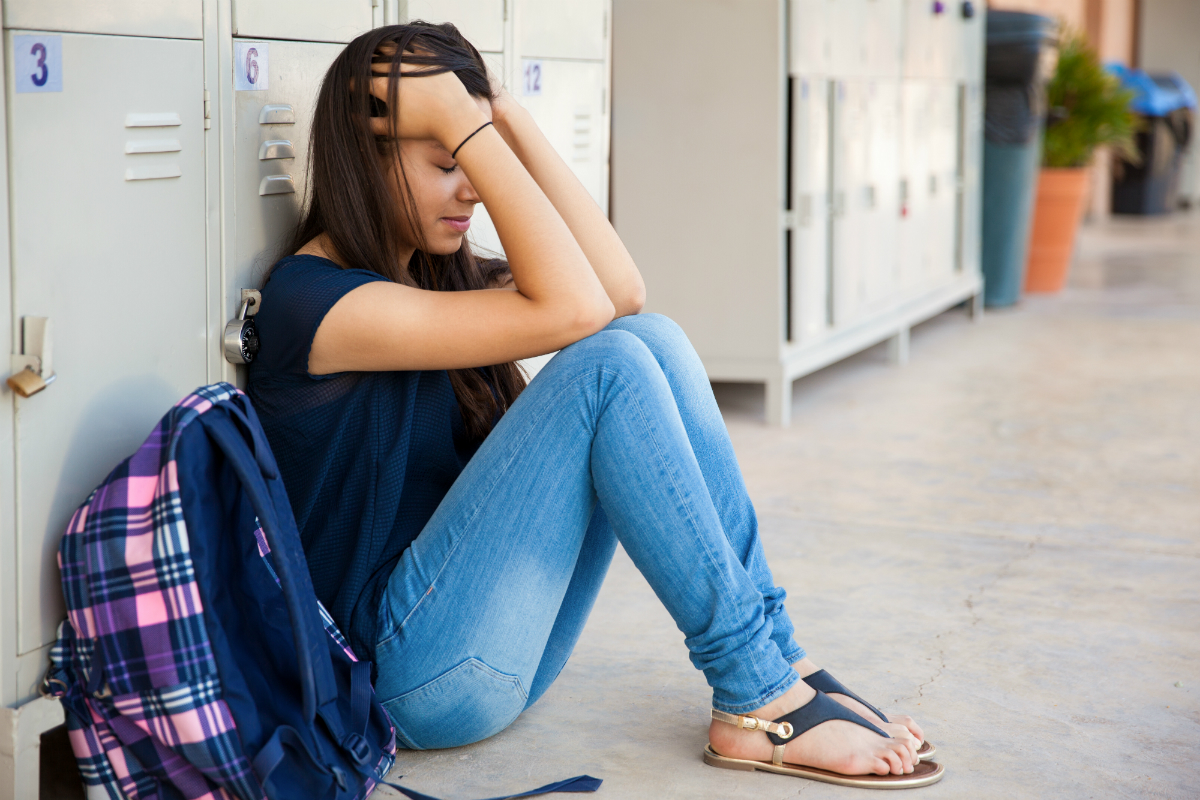Stress in kids can manifest in a lot of different ways, Burke-Harris said, from changes in behavior and mood to physical symptoms such as headaches and stomach aches, difficulty sleeping and changes in appetite. And while some children will be able to tolerate the stress of the pandemic with the help of their caregivers, the impact on others will be traumatic.
“We recognize for those kids that they need extra support and extra care, both from their caregivers and, if necessary, from a health or mental health provider,” Burke-Harris said.
Dr. Sergio Aguilar-Gaxiola, director of the UC Davis Center for Reducing Health Disparities, agreed, adding that in addition to fear of their parents or themselves being infected and sadness of not being around friends and teachers, children are at a higher risk of abuse or witnessing domestic abuse at this time with so many parents dealing with their own extreme stressors.
“We need to think not only of the pandemic crisis, but also the employment crisis and housing crisis, and what we will start to see, in my opinion, is a more pressing mental health crisis,” Aguilar-Gaxiola said.
Long term impacts of ACEs likely exacerbated
Everyone is experiencing higher levels of stress due to pandemic, and the more stressors a child experiences, the more likely they are to face both mental and physical health issues later on, Burke-Harris said, as well as behavioral, educational and social issues.
An overwhelming scientific consensus demonstrates that cumulative adversity, particularly during critical and sensitive developmental periods, is a root cause to some of the most harmful, persistent and expensive health challenges facing our nation. The term adverse childhood experiences or “ACEs” refers to 10 categories of stressful or traumatic events including physical, emotional or sexual abuse; physical or emotional neglect or “household dysfunction” including parental incarceration; mental illness; substance dependence; parental separation or divorce; or intimate partner violence.
Burke-Harris spoke at length about how ACEs can impact education, what schools can do to help lessen toxic stress in children and how the COVID-19 pandemic is affecting student well-being in the summer issue of California Schools. Experiencing ACES is one of the strongest predictors of early onset mental illness and is strongly associated with poor physical health with age, Aguilar-Gaxiola said.
Common themes emerged, including added risk to young children and signs to look for
Panelists expressed concern for the state’s youngest kids. Patricia Lozano, executive director of Early Edge California, noted that social distancing and quarantining measures meant to mitigate the spread of the virus go against children’s social nature and development.
“I worry about how this is affecting the way they are seeing the world now, with the fear of contact with others,” Lozano said. “We don’t know how this will impact them, but we really need to think about once this is over, how are we going to come back and help them?”
Once schools do reopen, it will be important that children essentially re-learn how to navigate social situations and share — something they are currently being told not to do in order to keep from spreading germs.
At the same time, Aguilar-Gaxiola noted that many children have not reached the stage in their development where they have the coping skills to navigate these sustained and radical transitions in their lives. And with schools closed, children may be exercising less, struggling to have their nutritional needs met and may be experiencing irregular sleep patterns, he said.
Signs children may exhibit when highly stressed, especially among populations most impacted
Asked if there were signs that parents could look for to know if their children were dealing with increased stress during this time, Burke-Harris rattled off a list — babies can show the effects of stress in their development (disruption in feeding, sleeping, being extra fussy); and toddlers and little ones may see developmental regression (having accidents again after being potty trained or no longer sleeping through the night). School aged children may exhibit difficulty with impulse control or simply calming their bodies down, while teens may become more irritable or withdrawn. However, she noted, not all kids will present these signs.
An important aspect in early identification will be to focus on student populations that are being significantly impacted by the virus, said Aguilar-Gaxiola. Recent data from the Centers for Disease Control and Prevention show Hispanic children are nearly eight times more likely than white children to be hospitalized with COVID-19, and Black children are five times more likely than their white peers to be hospitalized. “This has a lot of implications that should give us pause in terms of how children of color may understandably feel hopeless and angry and anxious, among a lot of other big emotions,” he said.
What should schools expect when students return to school?
It is critical that educators remember that kids will need a lot more social-emotional supports when they return to campus, and that administrators and parents alike remember that teachers and staff will need patience and support as well as people begin to transition back to in-person instruction, Lozano said.
Additionally, early identification and intervention will be vital as schools work to address mental and social-emotional health problems caused by the pandemic, Aguilar-Gaxiola said. While it is likely that mental health impacts and their resulting physical consequences will linger for years to come, there are tools for early identification, prevention and management of acute stress and anxiety that can prevent more serious problems.
Furthermore, in spite of all of the trauma people are facing right now, humans are resilient, he said. “I think we ought to purposefully enhance that resiliency with caring for one another and being understanding with one another.”
Additional resources:




